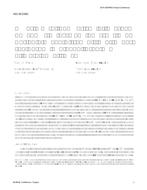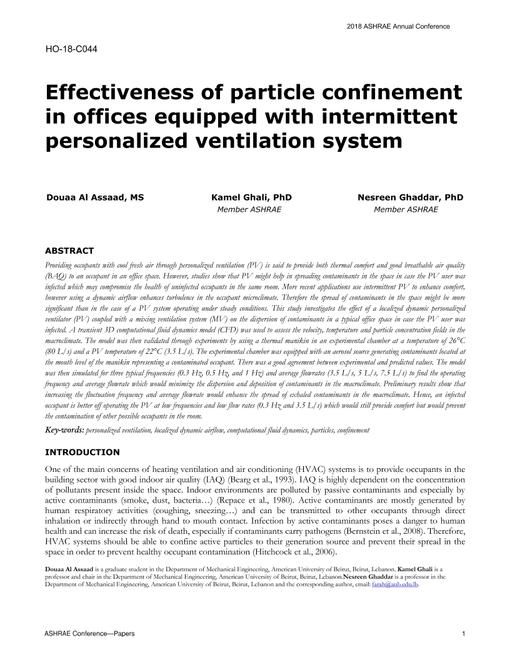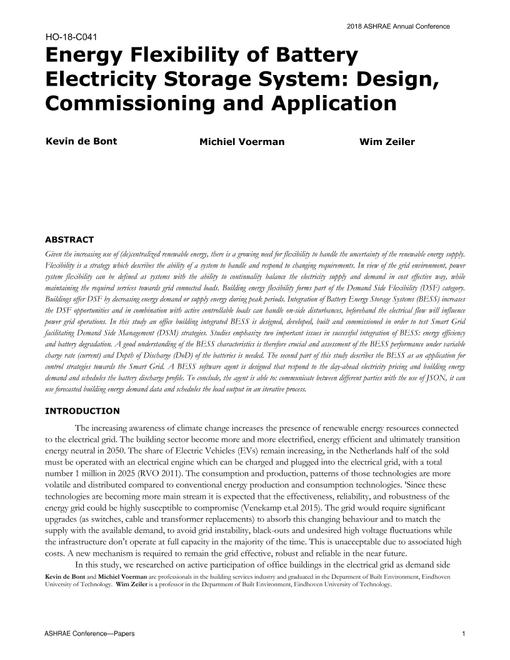-
-
Available Formats
- Options
- Availability
- Priced From ( in USD )
-
Available Formats
-
- Immediate download
- $16.00
- Add to Cart
Customers Who Bought This Also Bought
-

HO-18-C053 -- Experimental Comparison of Energy Consumpti...
Priced From $16.00 -

HO-18-C044 -- Effectiveness of Particle Confinement in Of...
Priced From $16.00 -

HO-18-C009 -- Assessing the Risk of Overheating in High-P...
Priced From $16.00 -

HO-18-C041 -- Energy Flexibility of Battery Electricity S...
Priced From $16.00
About This Item
Full Description
This study investigates fuel cells as combined heat and power systems (CHPs) for distributed applications in commercial buildings, specifically supermarkets. Up-to-date technical data from a specialized manufacturing company was investigated and used to conduct a case study analysis on several food retail buildings using half-hourly historical data. A detail mathematical model, described in previous publications (Cedillos et al. 2016, Acha et al. 2018), was used to simulate the performance of fuel cells through a year of operation in each supermarket. The simulations employ comprehensive energy market costing data and practical information to evaluate project feasibility such as installation work costs. The results of the simulations are discussed and a techno-economic assessment is conducted to evaluate the main factors affecting the economics of fuel cell projects. In addition, a comparative analysis with competing CHP technologies (internal combustion engines) is covered. Results show that fuel cells are becoming financially competitive although combustion engines are still a more viable option. For large-size supermarkets the payback time for installing a fuel cell system is 4.7-5.6 years versus 3.6-5.6 years for internal combustion engines. The work also discusses the prospects of fuel cells under different market and policy scenarios as well as technological improvements; thus, offering insights in what are the key aspects which can foster fuel cell installations.





